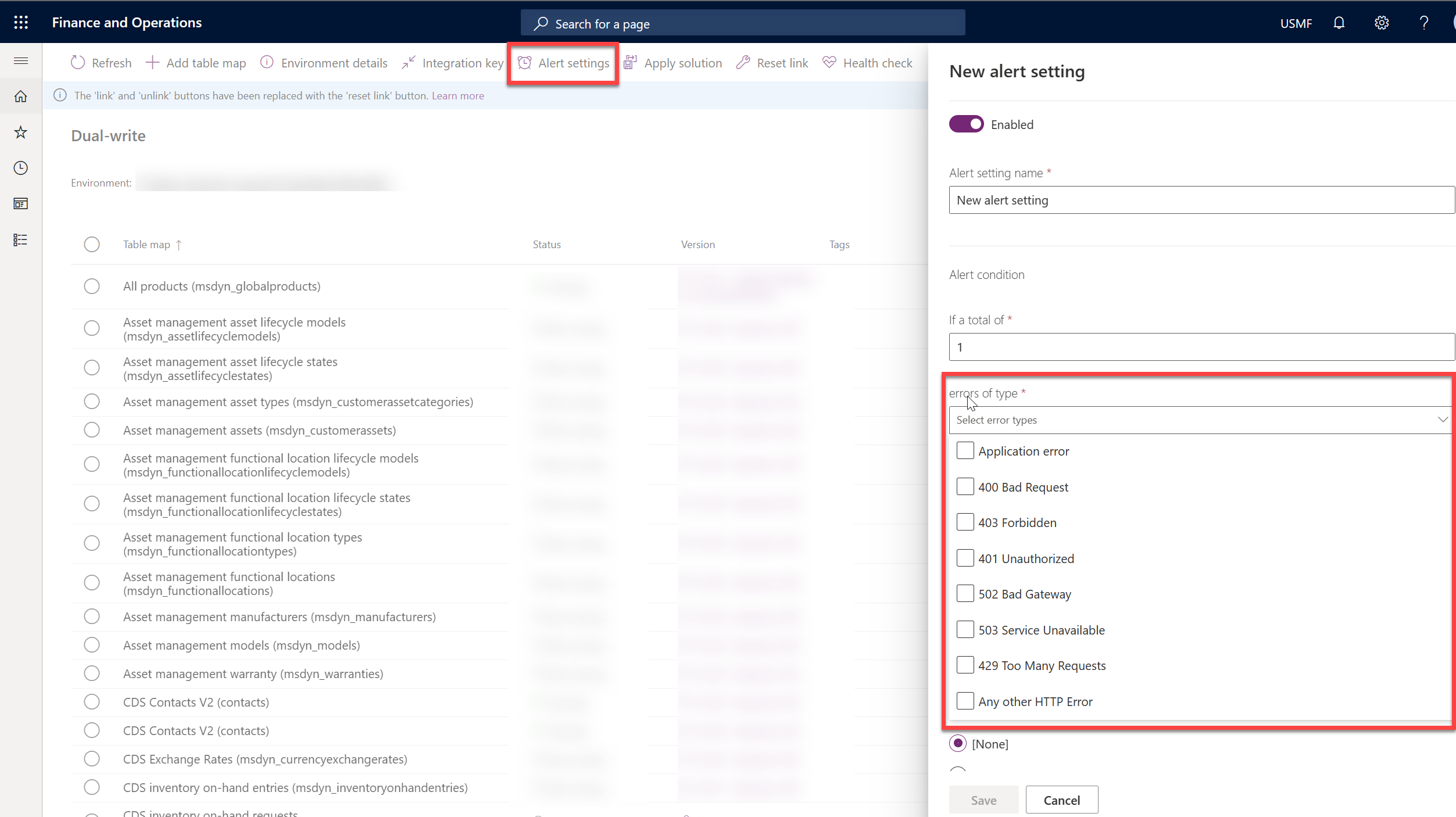Dual-write: Types of Errors and How to Fix them

Oopstheres an Error! :) 😬
While using Dual-write infrastructure we encounter a wide variety of different types of errors. Often, these errors leave us scratching our heads. Nevertheless, we can learn what those errors mean by understanding why we get them. Our life will be a lot easier if we know how to solve or avoid them!
With the Dual-write Alert capability feature, we can set up an error of type to happen in minute(s) and hour(s) for all the table maps.

In today's blog, let's understand what the 'Types of Error' are. Why do we get those errors? And how are we supposed to avoid them?
What is an error?
Errors that prevent your data sync operation from performing smoothly. Whether it is uni-directional or bi-directional using Dual-write infrastructure. There are eight main types of errors that can occur while running Dual-write infrastructure in your environment:
502 Bad Gateway: This error occurs when the target application is not ready to handle the incoming request
401 Unauthorized & 403 Forbidden: This error occurs when there is a permission issue
503 Service Unavailable: This error occurs when the application is down
400 Bad Request: This error occurs when Dynamics 365 FO is restarting
429 Too Many Requests: This error occurs when there is throttling
Application Error: This error occurs when there is a Data validation error happening in the background
Any other HTTP Error: Any other errors related to the HTTP tagged to this type of error category
Let us explore the types of errors:
502 Bad Gateway
A. This is the most common error that occurred
B. This error is received only in the scenario when the target application is not ready to handle the request for something unexpected

401 Unauthorized & 403 Forbidden
A. The most common error is this one
B. This error occurs when there is a permission issue
C. It might be a permission issue in Dataverse or either in Dynamics 365 FO
D. Such as permission of the application user or user roles missing or the user being disabled

503 Service Unavailable
A. This is not a common error, but rather an extremely rare one
B. Whenever there is planned or unplanned maintenance that requires application downtime
C. Also, this error is received when a few applications outage scenarios
D. OR Application crash scenarios

400 Bad Requests
A. This is the most common error that occurred
B. OR any other error while Dual write making data calls between both the systems can be failing

429 Too Many Request
A. This is the most common error that occurred
B. If there is an extraordinary request to the client application

Application Error
A. This is the most common error that occurred
B. If there are some missing mandatory fields
C. OR there are bad data inputs for the field

Any other HTTP Error

A few ways to avoid common errors include:
Proper Dual-write Health check
Proper Dual-write application user authentication & configuration
Proper data field mapping in custom table maps
Proper design considerations such as data frequency, data volume & data sync directions
Proper coordination between the teams
Summary
As we work on Dual-write, we will undoubtedly encounter errors. Our best strategy is to figure out what causes these errors and avoid them, if possible. With this knowledge and awareness, you will be able to spend less time searching for solutions online and wasting less time looking for solutions.
Now that you understand these errors, I hope you can take action to correct them. Please share your feedback about the blog in the comments. Enjoy your day!
Thank you for Reading - Let's Connect!
Enjoy my blog? For more such awesome blog articles - follow, subscribe and let's connect on LinkedIn, Twitter, YouTube
Stay tuned!
Published on:
Learn more